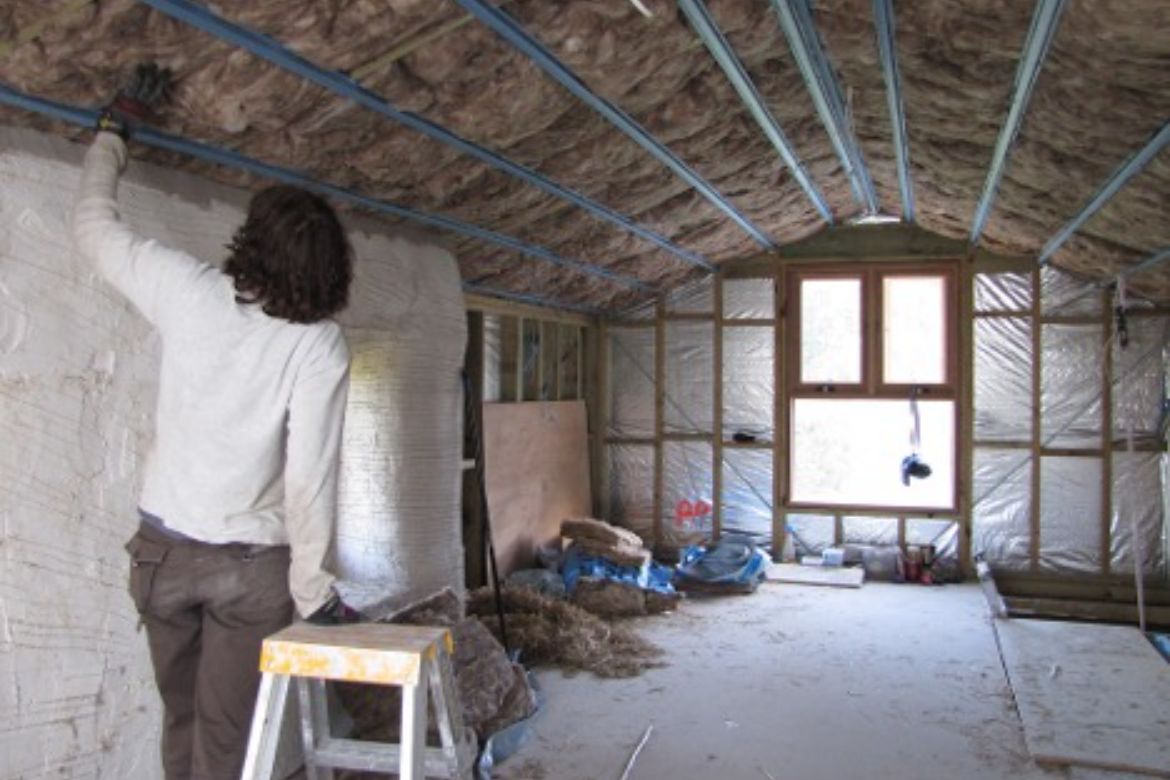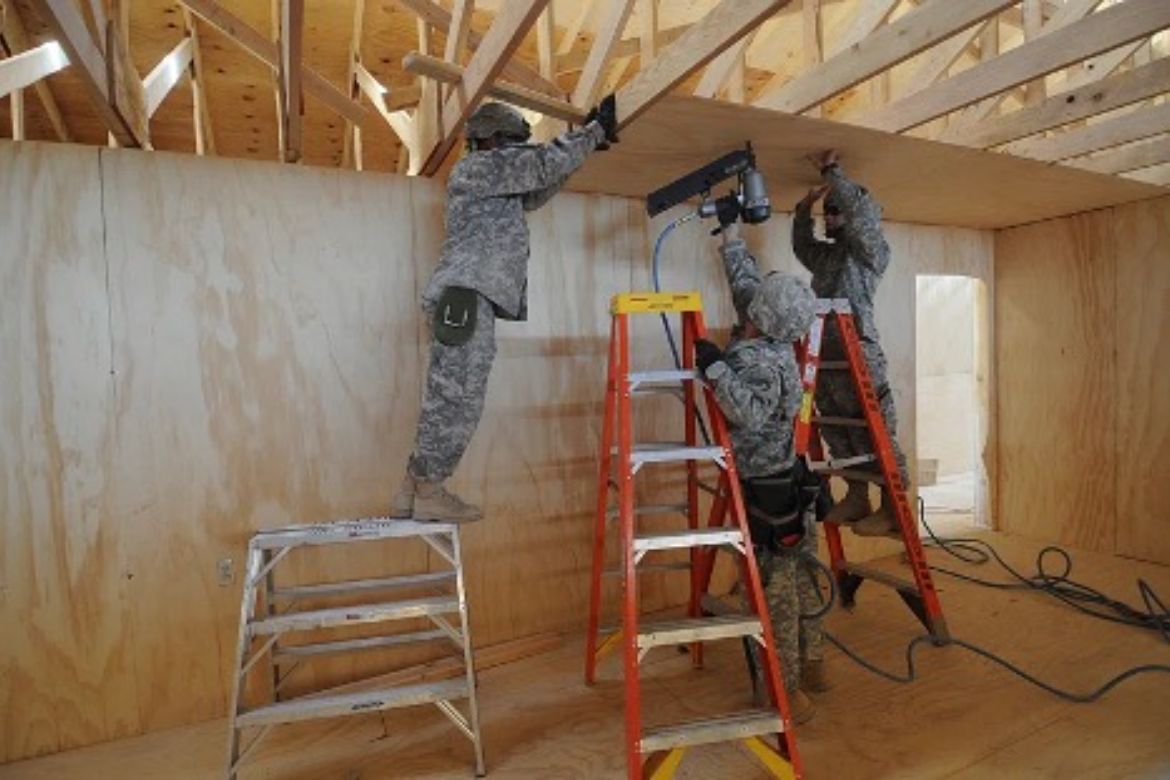With the renewable energy sector currently providing more than 30% of Australia's electricity, the country is making notable strides toward sustainability.
The government’s commitment to reach net zero emissions by 2050 emphasizes the need for sustainable practices in every sector. In the building industry, insulation is one important aspect that can make an impact on this endeavor.
Let’s explore the idea of sustainable insulation, its advantages, and best choices in Australia.
What Is Insulation?
Insulation is any material or a combination of materials used to reduce the rate of heat transfer.
Believe it or not, it’s been used for centuries, way before the advent of technology. It started with ancient societies using materials like straw, mud, and animal hides to insulate their dwellings. Modern buildings, similarly, depend on insulation to keep indoor comfort, increase energy efficiency, and lower energy expenditures.
So, how does insulation work? It builds a barrier that slows down heat movement by trapping air inside its structure. This promotes a more consistent and comfortable indoor atmosphere by helping buildings remain cooler in summer and warmer in winter.
What is Sustainable Insulation?

Source: Flickr
Sustainable insulation is becoming somewhat common and easily accessible in Australia. These are materials and practices with low environmental effects throughout their lifecycle.
Since buildings account for a significant percentage of worldwide energy consumption and greenhouse gas emissions, sustainability is a major factor in insulation choice.
Usually derived from low-impact, recycled, or renewable resources, sustainable insulating materials are produced to utilise techniques that lower energy usage and emissions. Dangerous checmicals are usually not involved in their production, so they won’t negatively affect your indoor quality.
Recycled denim, cellulose, sheep wool, and other plant-based materials are among the common environmentally friendly choices. Fortunately, while eco-friendly insulation may cost higher than traditional insulation, it’s still not considered an outrageously expensive choice.
For example, sheep wool insulation can go from $40 to $50 per square metre, while cellulose insulation runs about $30 to $40 per square metre. Regular insulation materials like polystyrene or typically starts at $20 to $25 per square metre to install.
Taking energy savings and durability into account, sustainable insulation remains to be cost-effective over time even with a somewhat higher upfront cost. Plus, it provides outstanding thermal performance and helps to create a better environment.
Benefits of Using Sustainable Insulation
There are numerous benefits to using sustainable insulation. Let’s discuss the most common ones.
Environmental Impact
Sustainable insulation materials can lower the environmental impact of buildings.
By selecting materials derived from recycled or renewable sources, sustainable builders can reduce the carbon footprint of projects. This helps global efforts to stop climate change.
Energy Efficiency
This shouldn’t come as a surprise, but sustainable materials can make buildings more energy efficient.
If the heat can be transmitted effectively throughout the building, it can reduce the need for heating and cooling. The result is that it lowers energy consumption and utility bills.
Not to mention, studies show that simply using better materials – many of which are sustainable – may cut up to 30% of the energy consumption in a building.
Indoor Air Quality
Many times, sustainable insulation materials – as well as sustainable building materials in general – don't use dangerous chemicals. This includes volatile organic compounds (VOCs) and formaldehyde commonly found in conventional insulation.
What this means is that opting for sustainable insulation makes the indoor surroundings better and healthier for the residents within.
Durability
Sustainable insulation is also durable and long-lasting.
Materials like recycled denim and sheep wool naturally resist pests and mould, providing a longer lifetime with minimal upkeep.
Many of these items are also biodegradable at the end of their intended lifetime. This reduces the amount of trash thrown into landfills in comparison to more conventional materials.
Types of Sustainable Insulation

Source: Rawpixel
Not sure which insulation types are sustainable? Here are some of the most common types of sustainable insulation that you can find in Australia.
1. Cellulose Insulation
Cellulose insulation is made from recycled paper products, usually newspapers.
It gives good thermal performance and comes coated with non-toxic fire retardants. For a professional insulator, the cost averages between $30 and $40 per square metre.
The best part about cellulose insulation materials is that they’re affordable and somewhat easy to install. Having stated that, over time this kind of insulation can lose its effectiveness. That’s because the material has a tendency to settle.
2. Sheep Wool Insulation
Naturally occurring and reusable, sheep wool insulation is very good at keeping heat in and noise out. This kind of insulation is among the best since it can absorb and release moisture without losing the qualities that makes it a great insulation material.
When professionally installed, one square metre can cost between $40 and $50 on average.
Advantages include its natural regulation of humidity and biodegradability, while disadvantages include the higher cost and possibility of attracting pests with improper treatment.
3. Recycled Denim Insulation
Recycled denim insulation is made from post-consumer denim jeans. It's quite sustainable since it makes use of waste product that would otherwise be disposed of in landfills.
This kind of insulation material has excellent thermal and acoustic performance. It also non-toxic and resistant to fire. Typically, you can expect to pay between $30 and $40 per square metre for a professional installation.
Recycled denim’s main advantages are its sustainability and great performance. The downside is that it comes at a higher cost than traditional insulation materials.
4. Cork Insulation
Cork insulation is manufactured from the bark of cork oaks. Like sheep wool, it’s renewable, recyclable, rot-proof, and can also offer outstanding thermal and acoustic insulation.
Installers often charge between $50 and $60 per square metre for this sort of insulation.
Apart from its environmental friendliness, it’s durable and resistant to mildew as well as pests. However, it’s priced higher than the others on this list and can also be hard to find, depending on where you live.
How Do You Know Which Type of Insulation Is Right for You?
The right kind of insulation depends on several different factors.
● Location. Your location matters a lot, particularly when it comes to weather and climate. Homes in colder regions, for example, will gain more from materials with greater thermal resistance.
● Local sustainability. Think about the material's sustainability and effects on the surroundings. Choose insulation with less hazardous chemicals and made of recycled or renewable resources.
● Budget. Analyse the cost-effectiveness long term as well. Although certain sustainable insulating solutions could have higher initial expenses, over time they usually result in smaller energy bills and maintenance bills.
● Installation process. Finally, consider the installation procedure. While some materials could be a do-it-yourself effort, others may need expert installation.
Conclusion
With our country’s changing climate, eco-friendly Australian construction depends significantly on sustainable insulation.
Any building project would be wise to make this choice given the advantages—from lower environmental impact to better energy efficiency and indoor air quality.
Ultimately, selecting sustainable materials can help you to build a comfortable, healthy, and environmentally conscious house. Mark our words, sustainable insulation will become ever more important in reaching Australia's sustainability targets as demand for green building solutions rises.

